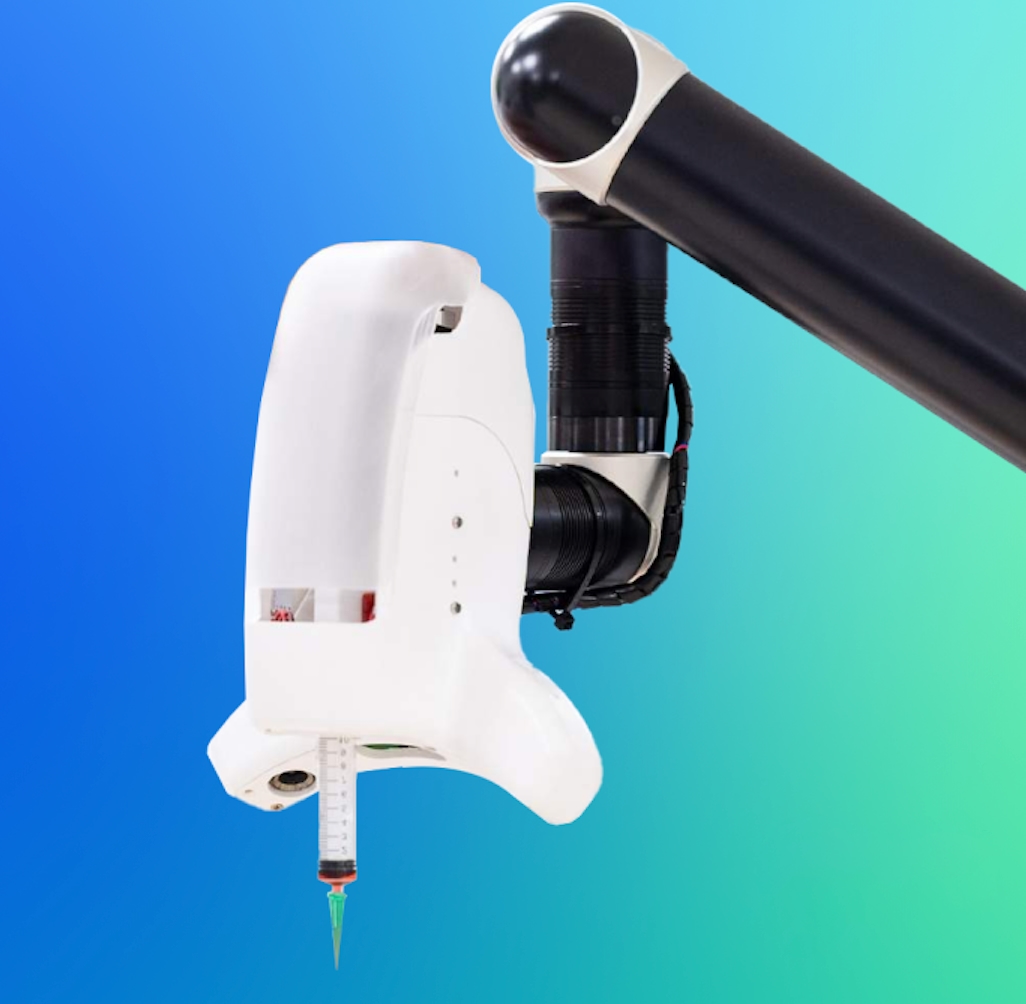Catalog
Search
280 products
View:
- Selected: 1Areas of use
- Selected: 0Item names
- Selected: 0Manufacturer
- Selected: 0Made in
- Selected: 0Additional
View:
280 products
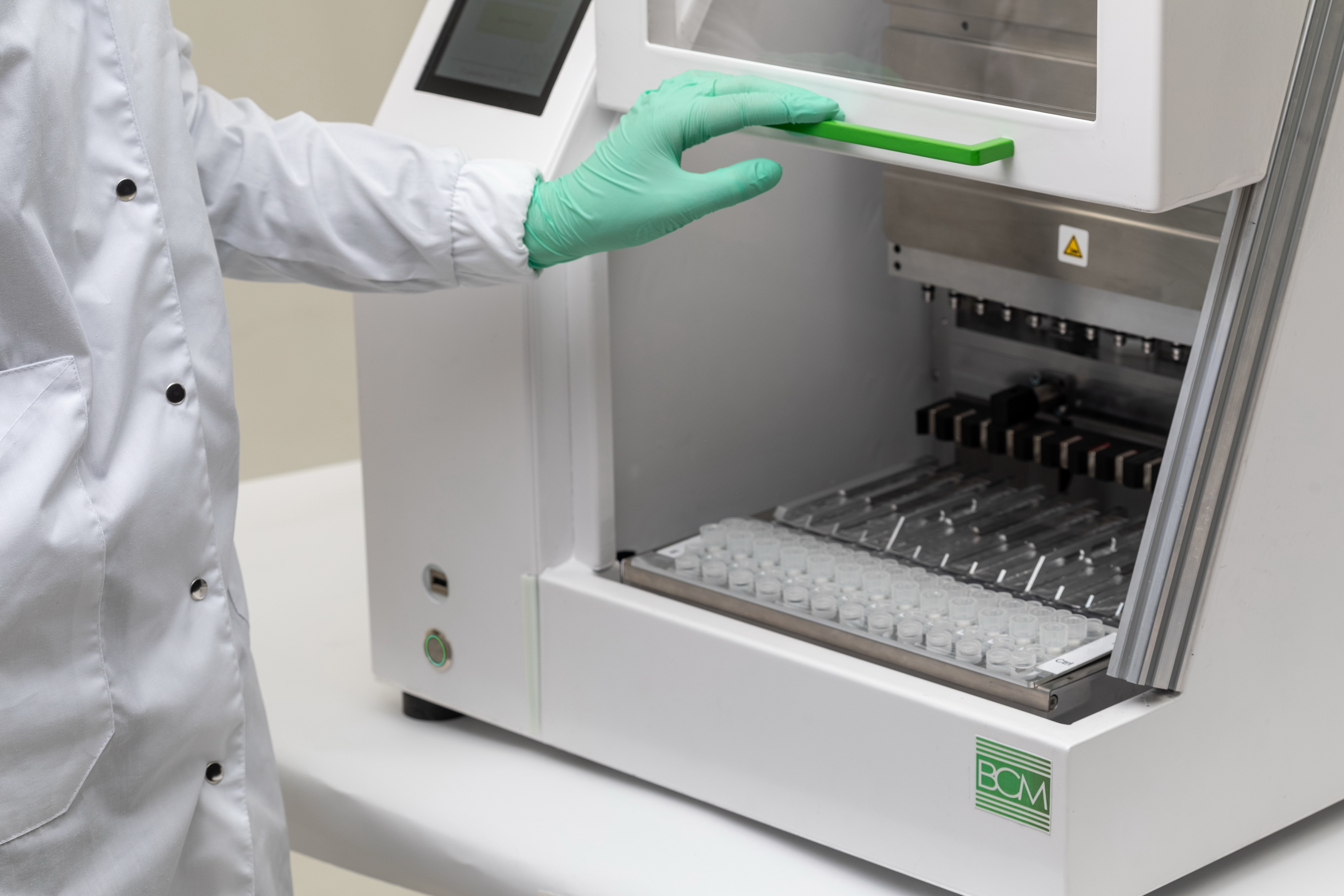
GeneMack Strela Automatic Nucleic Acid Isolation Station
1 supp.
The Strela automatic nucleic Acid isolation station is suitable for laboratories with a small sample flow seeking to optimize workflow and improve reproducibility of results. The station is being developed and assembled in Russia.
Station Features:
• Separation on magnetic particles – high yield of nucleic acids and excellent purity
• The quality and concentration of the resulting DNA is sufficient for all molecular applications, including NGS
• Ability to work with different types of samples, including complex samples (whole blood, FFPE, cfDNA, dry blood stains, saliva, hair, nails, etc.)
• Simultaneous isolation of 1 to 13 samples
• About 30 minutes per allocation, depending on the protocol
• No overspending of plastic – load exactly as many cartridges as you are going to allocate samples
• A large number of built-in protocols, the ability to program your protocols for different cartridges
• User-friendly and intuitive interface
• The station is compatible with cartridges from different manufacturers
• 24/7 technical support in Russian
Technical specifications
Device Type: Desktop automatic device
Minimum load: 1 sample
Maximum load: 13 samples
Reagent format: Bottled and sealed in individual cartridges
Protocol execution time: From 16 to 60 minutes (depending on the allocation protocol program)
Dosage volume: 25-1000 µl
Dosing accuracy: No more than 5% CV
Control: LCD Touch screen, 7 inches, 1025x600
Software language: Russian
Heating unit with temperature control: from 30C to 80C (at room temperature+ 25C)
UV lamp: Available
Input voltage: 220V
Overall dimensions (W x L x H): 54 x 57 x 61 cm
Weight: 60 kg
The installation location is only indoors
Ambient operating temperature 15-40°C
Aivok
Zelenograd
Produced in: Moscow, Zelenograd
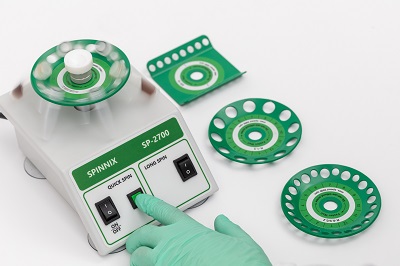
SPINNIX Centrifuge/Vortex, 2800 rpm, with a set of rotors
1 supp.
The Centrifuge/Vortex combines the functions of a vortex and a centrifuge in one device and is small in size, which saves space on the desktop or in the PCR box. Centrifuge characteristics:
- Maximum rotation speed - 2800 rpm;
- Maximum capacity - 12×1.5/2 ml (rotor R-1.5M);
- vortex mode for one tube only;
- timer - no;
- covers - no;
- operating mode - continuous and pulsed;
- available rotors, pcs. - 3;
- dimensions, W×D×H, mm – 120×170×120;
- weight, kg - 1.4.
Aivok
Zelenograd
Produced in: Zelenograd
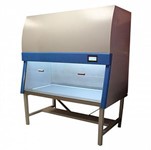
Biosafety cabinet BA-Safe 120
Technical specifications
Voltage, frequency, V/Hz
230V ±10%/Hz
Engine
1-phase 230 V, 50 Hz, speed 1150 rpm
UV lamp
TUV UV lamp, UV lamp timer, 6000 hours of operation
Wavelength 254 nm
Number of LEDs, pcs
at least 380
Lighting power, 55 W
Work area illumination
at least 1500 lux, brightness adjustable, color of luminous flux 6000 K (cold white light)
Internal dimension of the working area, at least 1230×504 mm
Working height of front screen elevation, 200 mm
Max. height of front screen, 510 mm
Frontal screen position alarm
Audible position warning.
Warning appears on display
Outer dimension, mm
1368.5x766.2x1506.6
Height of base, mm
690
BELAKVILON
Minsk
Produced in: Belarus
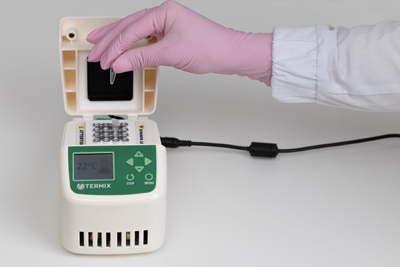
TERMIX Thermal cycler, 16x0,2 ml
from
85 000 ₽
1 supp.
TERMIX is a personal PCR thermal cycler, it is simple and convenient to operate. TIME SAVING Despite its small size, TERMIX has a maximum heating and cooling rate of 2°C per second.
ECONOMICAL TERMIX is affordable at only $1000. PERSONAL PCR Excellent temperature uniformity between central and edge wells is achieved by proprietary control algorithms and small sizes of a block with single Peltier element.
The user-friendly graphical interface makes it possible to configure the thermal cycling program very easily.
ECONOMICAL TERMIX is affordable at only $1000. PERSONAL PCR Excellent temperature uniformity between central and edge wells is achieved by proprietary control algorithms and small sizes of a block with single Peltier element.
The user-friendly graphical interface makes it possible to configure the thermal cycling program very easily.
- MACHINE Sample Capacity: 16 x 0.2 mL tubes (with flat caps or domed caps)
- Ramp Rate: max 2°C / sec
- Thermal Block Temperature Range: 10°C to 99°C Hot Lid
- Temperature Range: 50°C to 120°C
- Temperature Accuracy:
- ± 0.1 °C (in the range 20-50 °C)
- ± 0.5 °C (in the range 50-80 °C)
- ± 0.75 °C (in the range 80-99 °C)
- IN an Number of Programs: up to 30 programs
- Cooling Type: air cooling
- PC Interface: USB for software updates
- Display: color LCD 1.8”
- Power Supply: 16V EXTRA SMALL SIZE
- Dimensions (W × D × H ): 160mm x 100mm x 114 mm
- Weight: 1 kg
Aivok
Zelenograd
Produced in: Zelenograd
